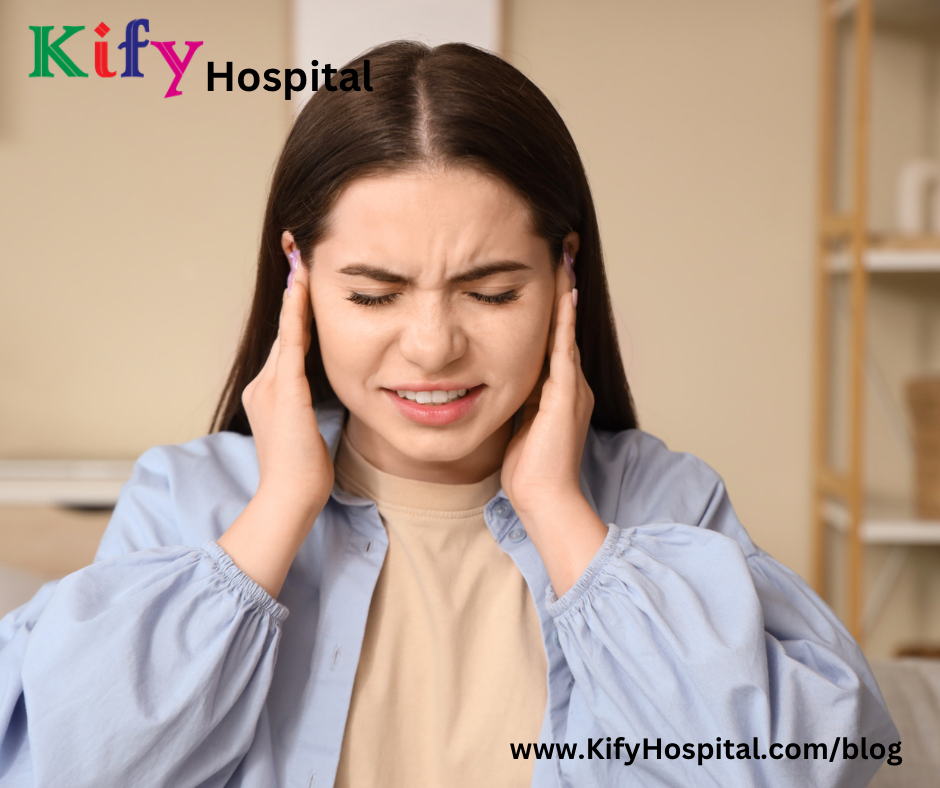Monkey Pox
- Dr. Karuturi Subrahmanyam

- Aug 27, 2024
- 3 min read

Monkeypox is a rare viral infection that has gained attention due to its resemblance to smallpox, though it is generally less severe. Understanding the disease, its symptoms, transmission, and prevention can help patients stay informed and prepared.
What is Monkeypox?
Monkeypox is a zoonotic virus, meaning it can be transmitted from animals to humans. It was first identified in 1958 among laboratory monkeys, hence the name “monkeypox.” The first human case was recorded in the Democratic Republic of Congo in 1970. Since then, outbreaks have primarily occurred in Central and West Africa, but cases have also been reported globally, including in Europe, North America, and Asia.
How Does Monkeypox Spread?
Monkeypox is primarily spread through direct contact with the blood, bodily fluids, or lesions of infected animals. It can also be transmitted from person to person through respiratory droplets, close physical contact, or contact with contaminated objects, such as bedding or clothing.
Animals that can carry the virus include rodents (such as squirrels and rats) and non-human primates (like monkeys). In recent outbreaks outside Africa, transmission has often been linked to close contact with an infected person.
Symptoms of Monkeypox
The symptoms of monkeypox are similar to, but milder than, those of smallpox. They usually appear 7-14 days after exposure and can include:
• Fever
• Headache
• Muscle aches
• Back pain
• Swollen lymph nodes
• Chills
• Exhaustion
• Rash that typically starts on the face and spreads to other parts of the body, including the palms of the hands and soles of the feet. The rash progresses from red spots to blisters filled with fluid, then to scabs before falling off.
The illness usually lasts 2-4 weeks, and most people recover without treatment. However, severe cases can occur, especially in individuals with weakened immune systems, young children, and pregnant women.
Diagnosis and Treatment
If you suspect you have monkeypox, it’s important to seek medical attention. Diagnosis is usually confirmed through laboratory testing of samples taken from skin lesions or blood. Because monkeypox can resemble other diseases like chickenpox or measles, accurate diagnosis is crucial.
There is no specific treatment for monkeypox. Care is mainly supportive, focusing on relieving symptoms and preventing complications. In some cases, antiviral drugs used to treat smallpox may be helpful.
Prevention
Preventing monkeypox involves several key measures:
• Avoid contact with animals that could harbor the virus, especially in areas where monkeypox is common.
• Practice good hygiene by washing your hands regularly with soap and water or using hand sanitizer.
• Use personal protective equipment (PPE) if you are caring for someone with monkeypox.
• Avoid sharing personal items like bedding, towels, or clothing with someone who has monkeypox.
• Vaccination: In some cases, smallpox vaccines can provide protection against monkeypox. These vaccines may be recommended for healthcare workers or others at high risk of exposure.
When to meet Doctor
If you develop symptoms consistent with monkeypox, especially if you have recently traveled to an area where the virus is common or have been in contact with someone who has monkeypox, seek medical attention promptly. Early diagnosis and isolation are important to prevent the spread of the virus to others.
Summary
While monkeypox is a rare and often self-limiting disease, it can be serious, especially in vulnerable populations. By understanding how the virus spreads, recognizing the symptoms, and taking steps to prevent infection, patients can protect themselves and their communities. Always consult with a healthcare provider for the most accurate and up-to-date information regarding monkeypox.
Dr. Karuturi Subrahmanyam, MD, FRCP (London), FACP (USA)
Internal Medicine Specialist
Kify Hospital
Danavaipeta
Rajahmundry
Phone : 85000 23456




Comments